Table of Contents
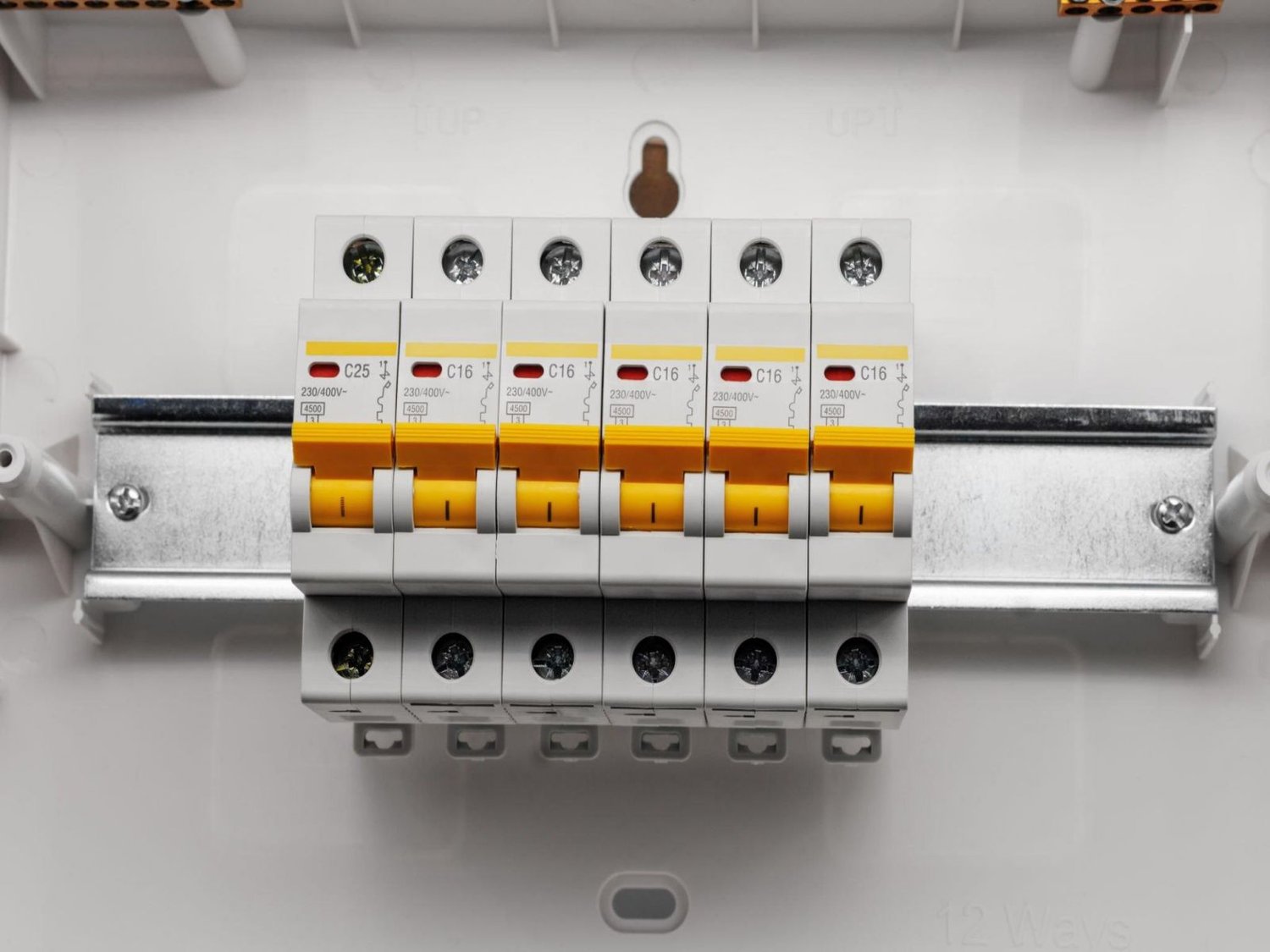
Introduction
10 amp circuit breakers are an indispensable component in electrical systems, safeguarding them against overloads and short circuits. Understanding their functions, types and applications - regardless of your status as homeowner or professional electrician - is vital to ensure safety and ward off electrical hazards.
In this article, we'll explore various aspects of 10 amp circuit breakers' operation and their significance to electrical safety.
What is a 10 Amp Circuit Breaker?
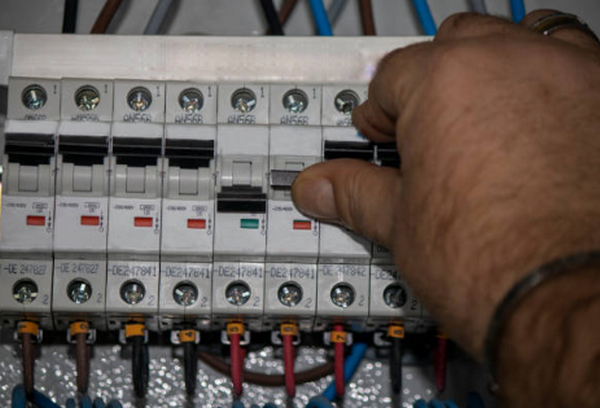
A 10 amp circuit breaker is a device designed to automatically interrupt the flow of current in an electrical circuit when it exceeds a predetermined threshold. It acts as a safety mechanism, preventing excessive current from damaging the circuit and causing potential hazards such as fires or electrical shocks. The 10 amp rating indicates the maximum current the breaker can handle without tripping.
Types of 10 Amp Circuit Breakers
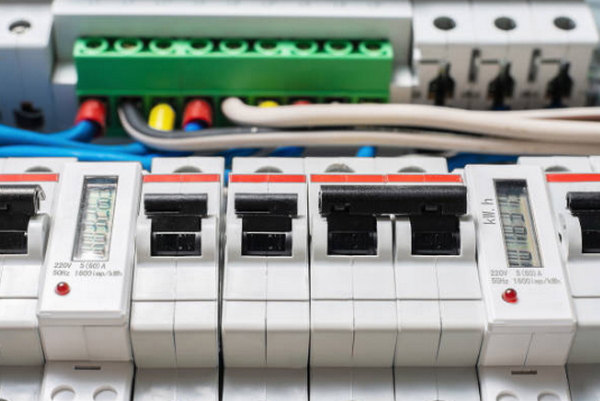
There are several types of 10 amp circuit breakers available, each designed for specific applications and environments. It is important to choose the right type based on your needs and the electrical system's requirements. The following are some common types:
1. Miniature Circuit Breakers (MCBs)
MCBs are the most widely used type of circuit breakers in residential and commercial buildings. They are compact, affordable, and provide reliable protection against overloads and short circuits. MCBs are available in various amp ratings, including 10 amps, making them suitable for a wide range of applications.
2. Residual Current Circuit Breakers (RCCBs)
RCCBs are specialized circuit breakers designed to protect against electrical leakage, commonly known as ground faults. They monitor the imbalance between the outgoing and returning currents, tripping the circuit when a leakage is detected. Some RCCBs also offer 10 amp ratings, ensuring protection against both overloads and ground faults.
3. High-Voltage Circuit Breakers
High-voltage circuit breakers are heavy-duty devices used in industrial settings or power distribution systems. They are capable of interrupting high currents and voltages, ensuring the safety of electrical equipment and personnel. While 10 amp ratings are less common in high-voltage circuit breakers, they can still be found in specific applications.
How Does a 10 Amp Circuit Breaker Work?
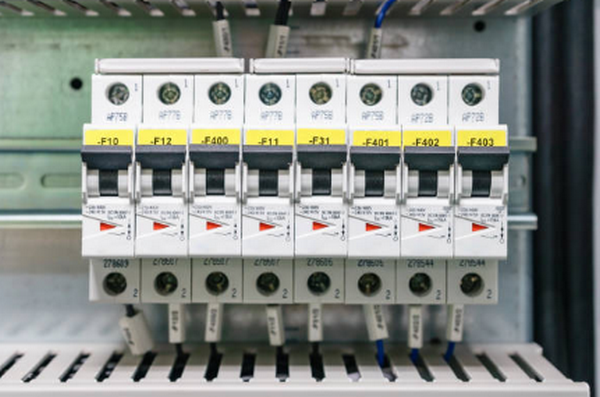
A 10 amp circuit breaker operates on the principle of thermal and magnetic tripping mechanisms. The thermal mechanism responds to prolonged overloads, while the magnetic mechanism reacts to short circuits. When the current exceeds the breaker's rating, the heat generated causes the bimetallic strip in the thermal mechanism to bend and trip the breaker. In the case of a short circuit, the magnetic mechanism produces a magnetic field that forces the trip bar to release and open the circuit.
When to Use a 10 Amp Circuit Breaker?
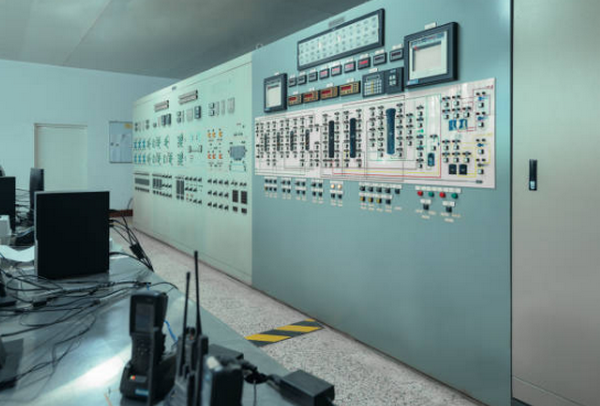
The choice of circuit breaker rating depends on the specific requirements of the electrical system and the connected devices. Here are some scenarios and circuit breaker cases where a 10 amp circuit breaker might be suitable:
1. Lighting Circuits
Lighting circuits in residential or commercial buildings typically have lower current demands compared to power circuits. A 10 amp circuit breaker can provide adequate protection while accommodating multiple light fixtures.
2. Small Appliances
Small appliances such as fans, coffee makers, or toasters often require currents within the range of a 10 amp circuit breaker. Using a 10 amp breaker ensures the circuits are adequately protected.
3. Electronic Devices
Many electronic devices, such as computers, televisions, or audio systems, have lower power requirements and can be safely protected by a 10 amp circuit breaker.
Installation and Safety Considerations
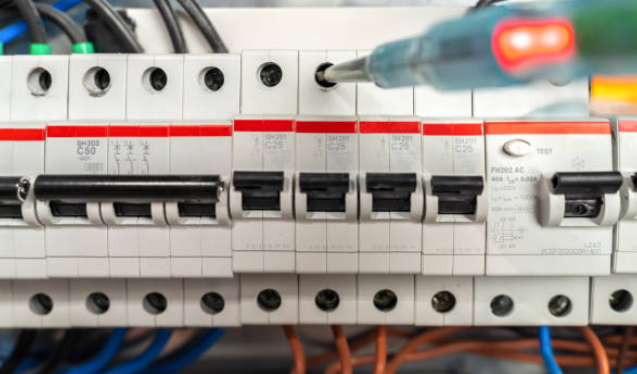
When installing or replacing a 10 amp circuit breaker, it is crucial to follow proper safety procedures and adhere to electrical codes. Here are some important considerations:
1. Always Turn Off the Power
Prior to any electrical work, ensure the main electrical panel has been switched off in order to protect yourself from unexpected shocks or short circuits. This will help avoid unexpected electrical shocks or short circuits occurring while you work.
2. Make Sure Your Tools Are Insulated
When working with circuit breakers, only use tools specifically designed to conduct electrical work - this reduces the risk of accidents caused by electrocution.
3. Get Expert Assistance
If you require any assistance during the installation or replacement of a circuit breaker, it is always wise to seek professional guidance from an electrician with extensive expertise in managing electrical installations safely.
Conclusion
10 amp circuit breakers play an indispensable role in protecting electrical circuits against overloads, short circuits and ground faults. Understanding their types, functioning and appropriate applications is vital for maintaining electrical safety; whether used at home, work or play the right circuit breaker will protect systems as well as individuals.
